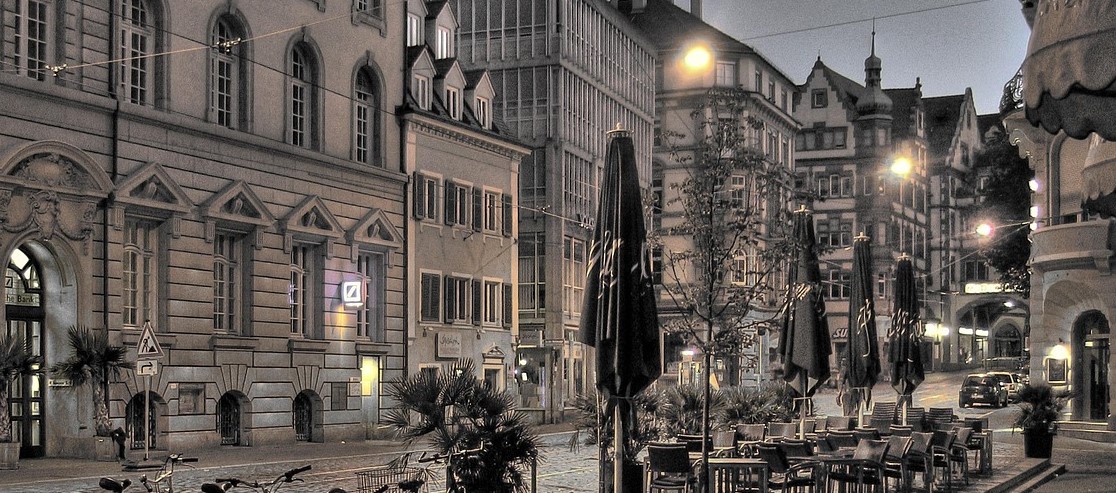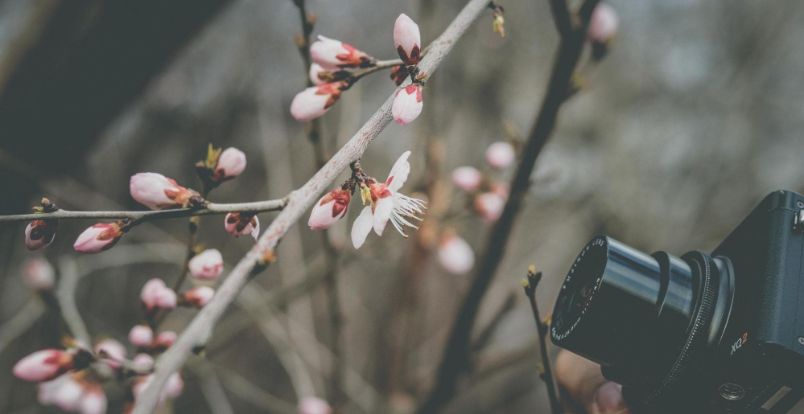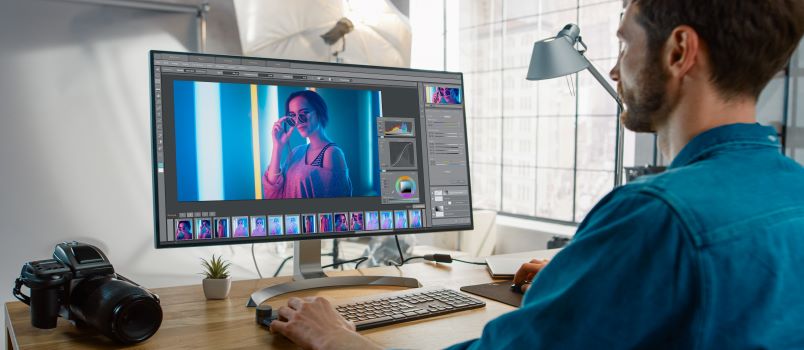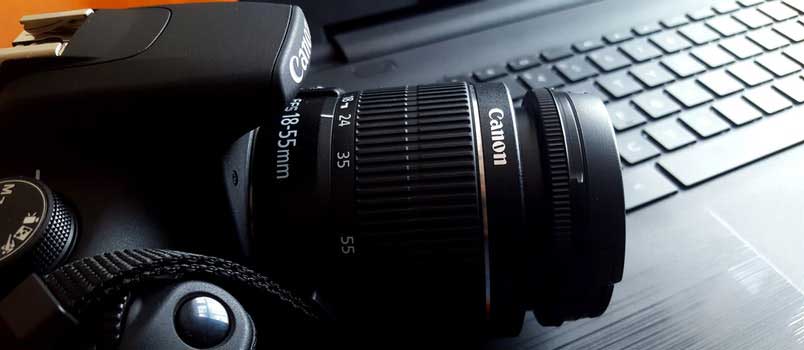A camera can capture a thought. A good photograph is as good as gold and gets etched in the memory forever and just looking at it sets us in high spirits. From professional maternity pictures to candid snaps at the beach, these memories will last your a life time. These days with a digital camera in the hand, anyone can be a photographer. But a portrait well taken should grab the attention of the viewer. For this we need to know the ins and outs of the affair. While taking portraits, photographers, especially amateurs, tend to make some common mistakes that are enlisted here –
Lack of knowledge of the tool in hand
Lack of awareness about the camera you are using will give you bad portraits. You should go through the manual of the camera. Until and unless you are aware of the features and settings of the camera, you won’t be able to make the best use of it. Hence, study the manual carefully.

Clutter spoils the game
If you try to include too many things in a single frame, the photo loses its purpose. You should focus on the image which struck you or that prompted you to click the photo. Your message to the viewer of photography gets distracted if there is clutter. The best thing to do is to avoid it.
Haste makes waste
– You need to have immense patience to get the perfect portrait. Take time to set the focus, don’t be in hurry. Anything done in haste will definitely not yield the desired results. So wait for the perfect moment and then click.
Stop manipulating
If you have taken a shot and you are not satisfied with the final outcome, don’t mess with it in Photoshop, instead, take another shot. If you decide to post-process the photograph, modifying the portrait spoils it and the originality is lost too.
Same old eye shots
Always taking the shots at the eye level isn’t quite interesting. Remember there are so many other ways. Changing the angle plays a pivotal role in the outcome of the photograph. At times taking snaps lying down on your tummy or just sitting on your knees might create dramatic effects.
Shun posing
Instead of taking photos of people posing in the same old way, you can go for natural shots, which you click when people around you are unaware. This will give you good photos sans fake poses. Also, try avoiding focusing on people in all the photos.

Not including people
This seems quite contrary to the previous point. At times, when you take images of huge structures or vast desert or anything magnificent in size and shape it’s always better to add people in it. This will enable the viewer to assess the magnificence of the image taken.
Not using zoom when required
Most of the time, when we click a photo we go up close the subject, dwarfing the background. A little change of perspective will be beneficial here. Don’t go near the subject, instead use the zoom option. This way you can get a close up of the subject as well as of the background. But don’t overuse zoom.
Right exposure
If you take the photo against the light, the image will come out dark. Check out for the light and stand accordingly. If you just want the silhouette then that’s fine.

Relying totally on flash
It’s always good to make the best use of natural light available. This will give better portraits.
Move away from conventions
All the time placing the subject at the centre of the image seems unexciting. Try different positions of placing the subject, at times at the far end or at the edge of the image.
Go for the tripod
You might be ambidextrous, but still it would prove beneficial if you make use of the tripod that will avoid those unwanted shakes.
Bad composition
There are certain images which have to be taken horizontally but images which need vertical capturing has to be done that way alone. No other way would work.
Bad background
The backdrop is also crucial. A bad backdrop can play spoilsport and kill the portrait. Hence, always have an eye on the backdrop. Look carefully.

Red eye
This is something which we all have encountered at some point or the other. The red eye reflection needs to be taken care of. There are many things that can be done to avoid it, some of them being, using the natural light as an alternative to flash, using the room lights to the maximum, making the subject stand near the window etc. Follow these and get rid of ‘devil’s eye’ in your portraits.
To err is human, goes the proverb. So being human, we tend to make mistakes. These are just some of the common errors made by people while clicking away photos and certain tips to overcome these. There are no hard and fast rules in photography and there are always better ways to do any job. You can always keep on experimenting and get stunning portraits. Enjoy photography.
















![How To Start A Photography Business [2022 Beginner’s Guide]](https://designbeep.com/wp-content/uploads/2021/03/image4.jpg)











